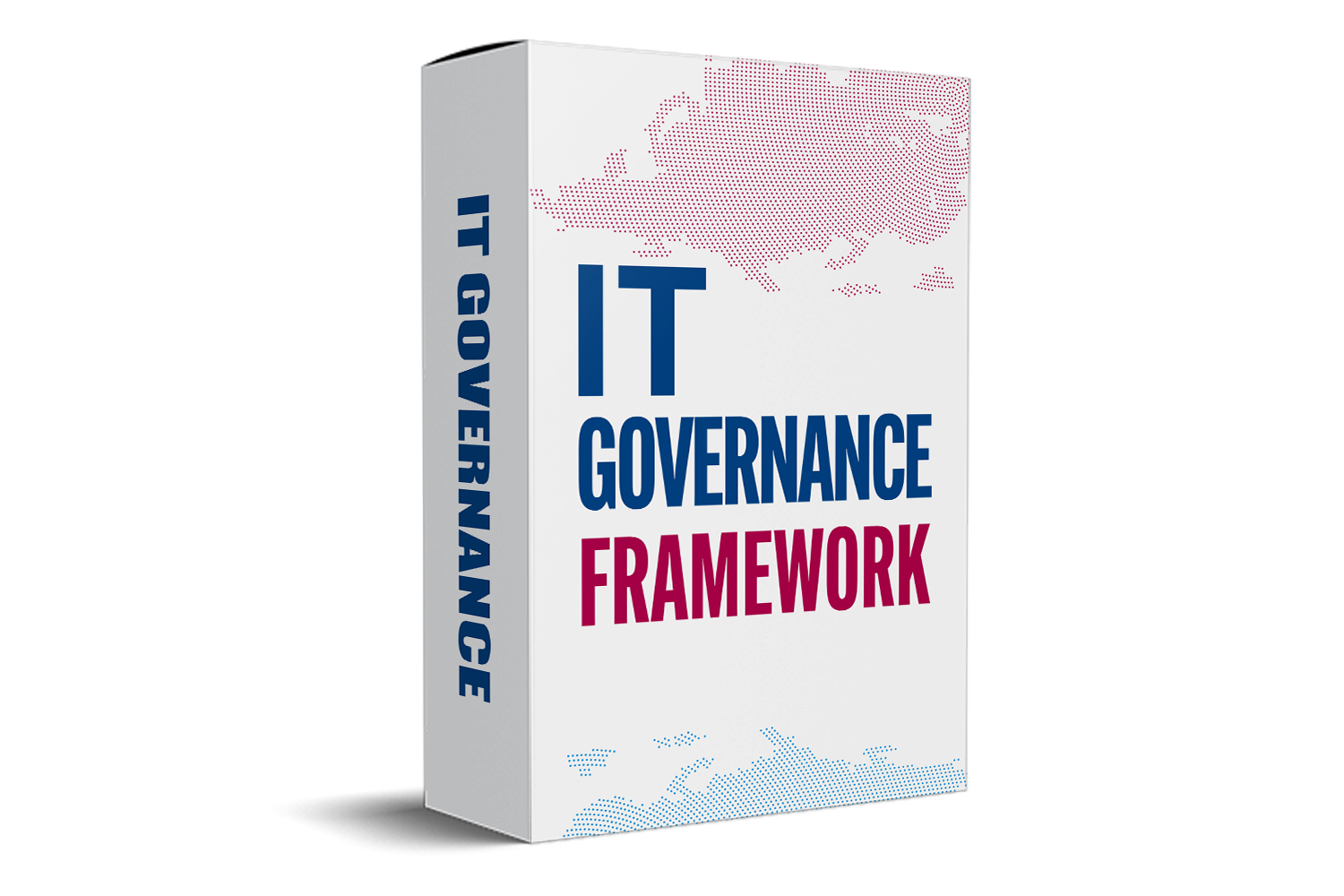GDPR Register of Privacy Notice Template
Overview
The purpose of register of privacy notice is to collate the various privacy notices that the organization offers its employees, contractors, suppliers, etc. The goal is to make the notices readily available and accessible by all in a format that is easy to understand and free of charge.
The Register can also assist the data controllers in aligning with the GDPR guidelines by providing a platform to publish the privacy notices, thus complying with the GDRP regulations.

Types of Privacy Notices
There are different types of privacy notices, depending on the context in which the information is being collected. For example, a website privacy policy is a type of privacy notice that discloses how a website contains, uses, and discloses data.
The privacy notice should contain the following information:
- The name and contact information of the organization collecting the data.
- The types of data being collected.
- The purposes for which the data is being collected.
- How the data will be used.
Importance of Register of Privacy Notice
The Register of Privacy Notices (RPN) is a central public record of every privacy notice issued by an organization. It is used by the Office of the Privacy Commissioner of Canada (OPC) to verify compliance with the Privacy Act and to help the OPC investigate complaints.
The importance of Register Privacy Notices is:
- It protects the privacy of Canadians by ensuring that organizations comply with the Privacy Act when they collect, use, or disclose personal information.
- It helps the OPC investigate complaints by providing a record of the organization's personal information collected, used, or disclosed.
- It helps the OPC to identify trends and issues in the privacy practices of organizations.
- It helps the OPC to assess the effectiveness of the Privacy Act.
Use of Register of Privacy Notice
The Register of Privacy Notices is a searchable online database of privacy notices issued by organizations in the private and public sectors.
The Register has been designed to help individuals understand how organizations use their data and to give them greater control over their data.
The Register is a valuable resource for individuals and organizations interested in data protection and privacy.
It can be used to:
- Understand how organizations use personal data.
- Find out what information is collected about individuals.
- Find out how personal data is used and shared.
- Access privacy notices in a single, central place.
Process of Register of Privacy Notice
There are four steps in privacy notice:

- Complete the registration form.
- Pay the registration fee.
- Submit the supporting documentation.
- Finally, Receive the registration confirmation.
The registration form must be completed, and all required documentation must be submitted for the application to be processed. In addition, the registration fee must be paid to submit the form.
The supporting documentation includes the privacy notice itself and evidence that it has been brought to the attention of those to whom it applies.
Once the form and supporting documentation have been submitted, the privacy officer will review the application. If everything is in order, the registration will be a confirmation.
Purpose of Process of Registering Privacy Notice
The purpose of documenting the privacy notice is to ensure that the company to which the individual sends their information receives and protects it by privacy laws. The process of writing the privacy notice involves the collection, retention, and destruction of the individual’s information.
The company will use the individual’s information for different purposes, such as:
- To provide the individual with products or services.
- To send individual marketing and promotional materials.
- To conduct market research.
- To understand the needs and preferences of the individual.
Notice On Employee Data Processing
To comply with the General Data Protection Regulation (GDPR) requirements, we would like to let you know that we will be processing your data.
The personal data in question will be used for the following purposes:
- To assess your suitability for the role you have applied for.
- To contact you about the position you have applied for.
- To conduct interviews with you.
You have the right to access your data, the right to rectify your data, the right to delete your data, and the right to object to processing your data.
Principles of Register of Privacy Notice
1.Accuracy: You'll need to take reasonable steps to ensure that the personal information you collect is accurate, complete, and up to date. You should also take reasonable steps to ensure that the personal information you use or disclose is correct, complete, and up to date.
2.Openness: You must be open about the personal information you collect and the purposes for which you will use it. It would be best, to be honest about your privacy policies and practices.
3.Choice and consent: You must seek the individual’s consent before collecting, using, or disclosing personal information. You should also give them a way to withdraw support if they change their mind.
4.Limiting collection: You'll only need to collect the personal information you need to compile it. However, you should also limit the amount and the kind of personal information you collect.
Final Thoughts
In conclusion, maintaining a Register of Privacy Notices is a crucial aspect of compliance with data protection regulations. It helps organizations keep track of their privacy policies and enables individuals to access information about how their personal data is being used.


